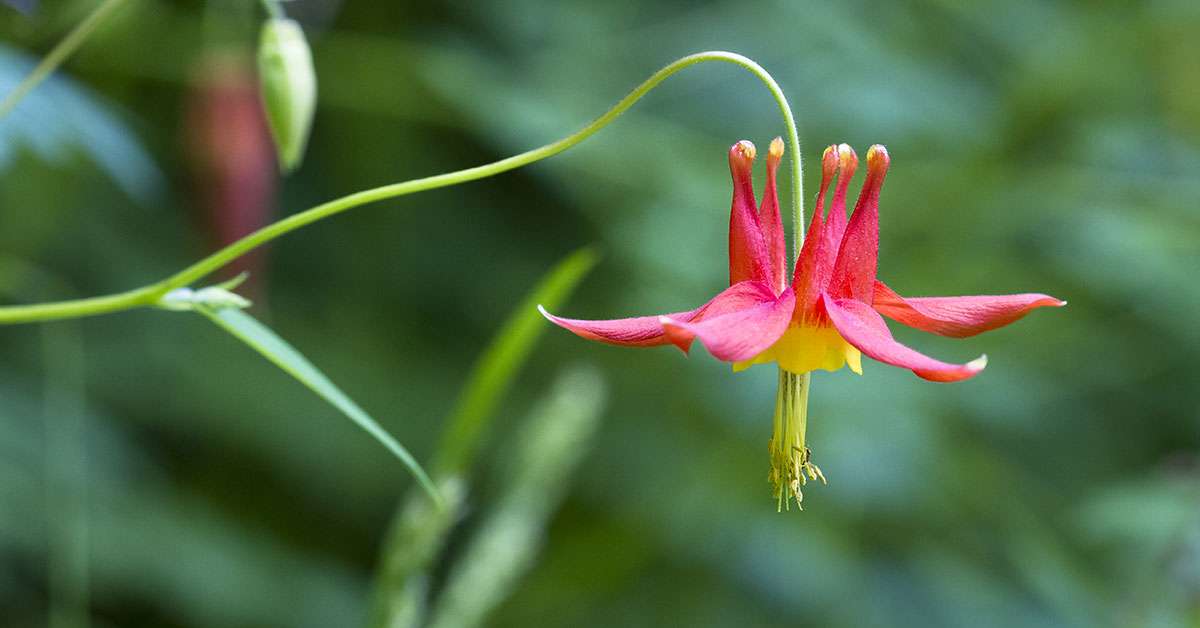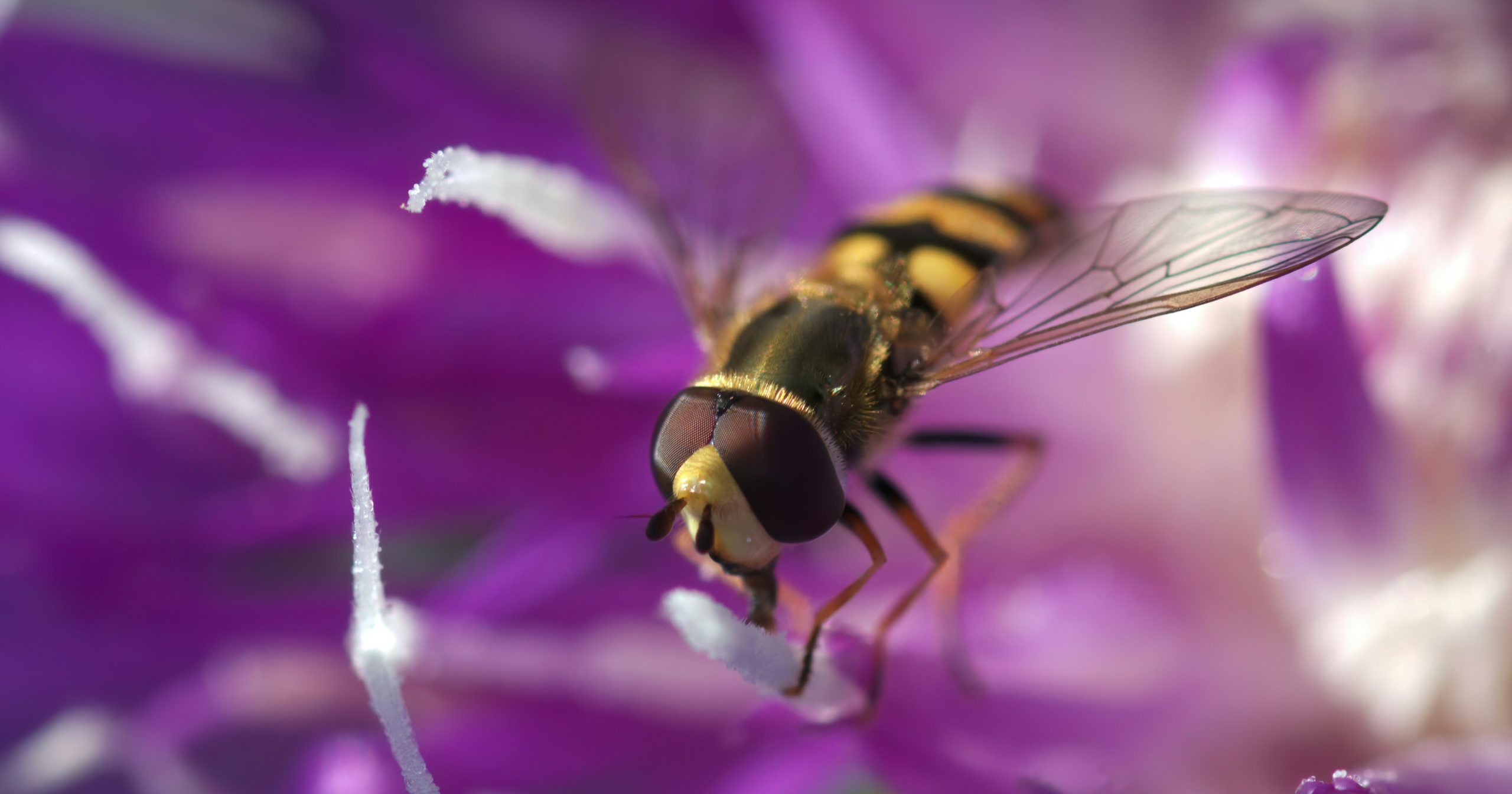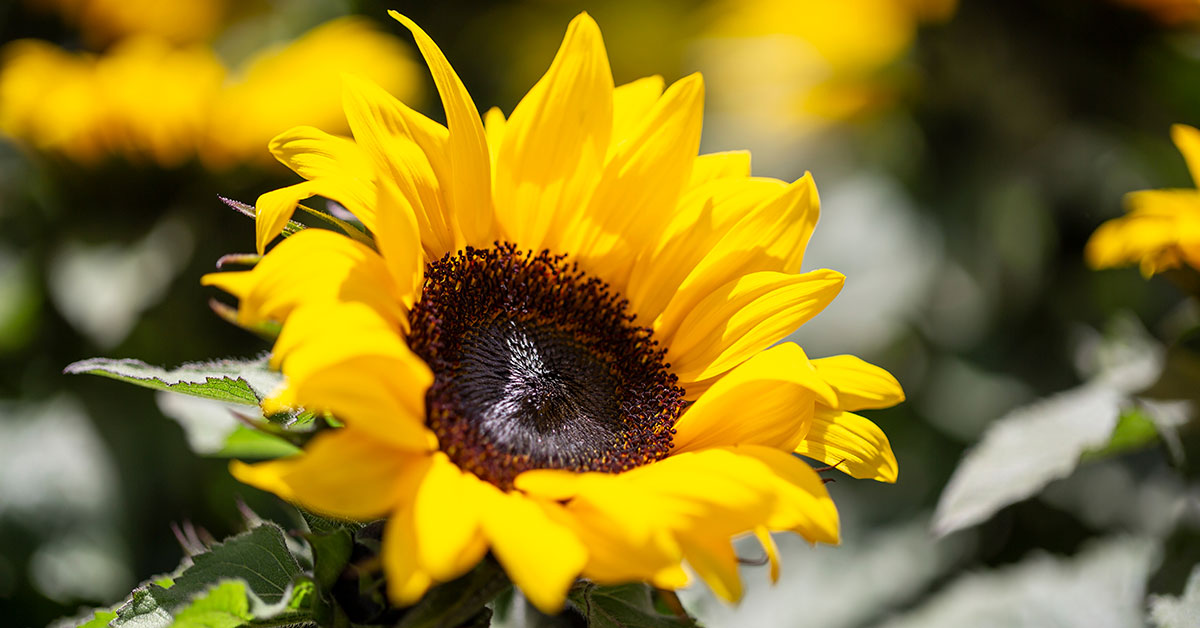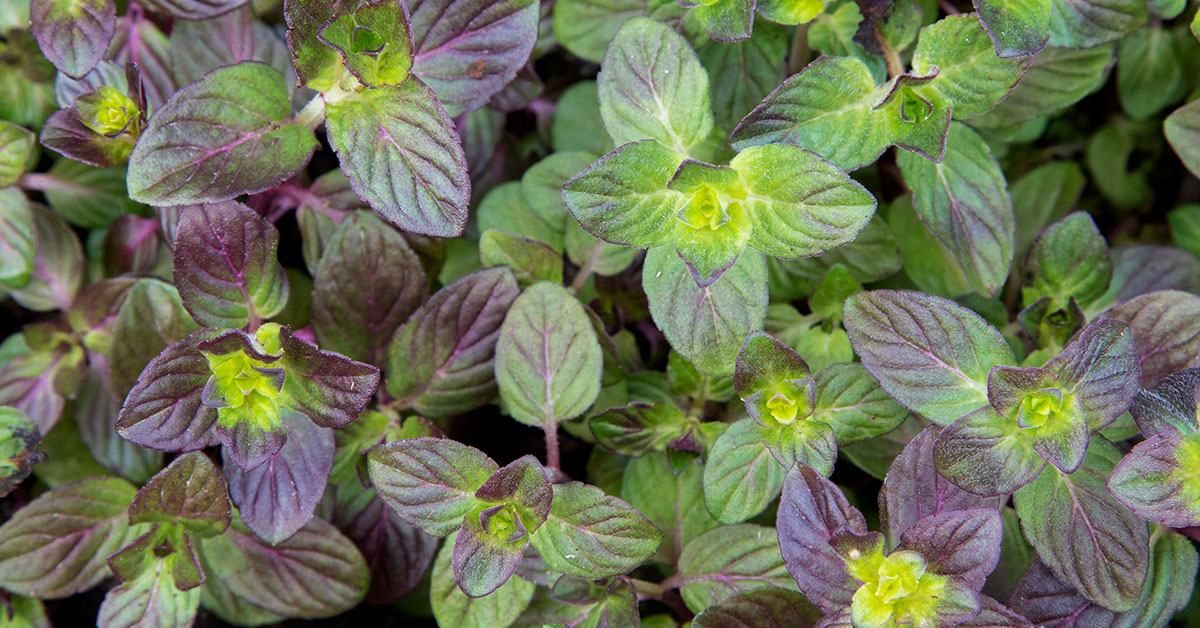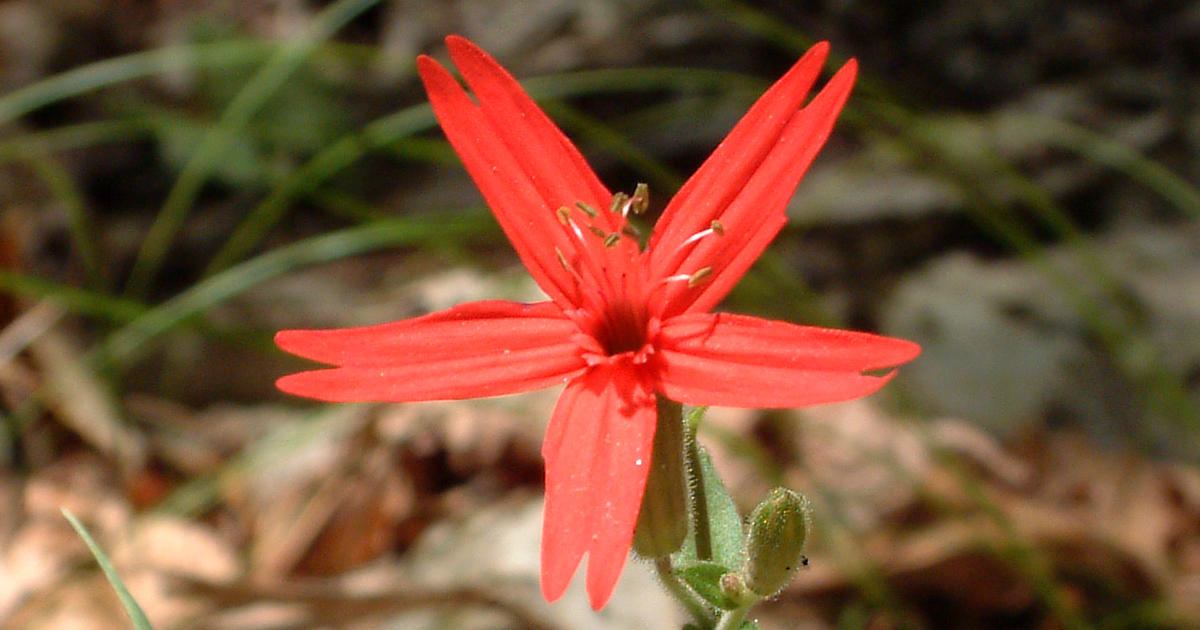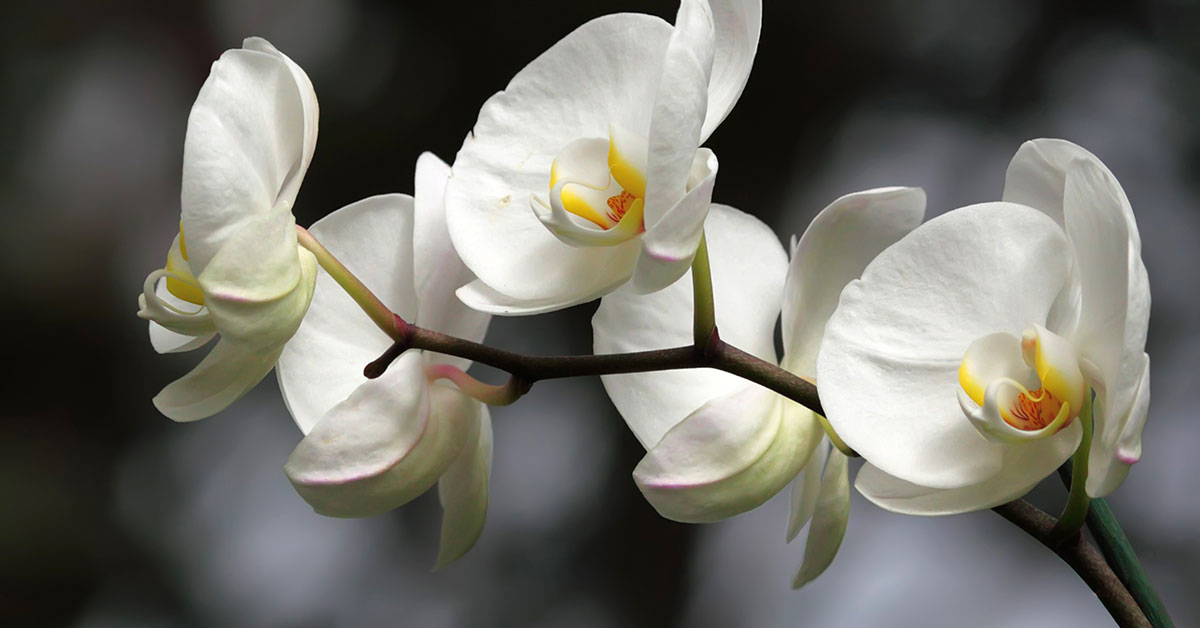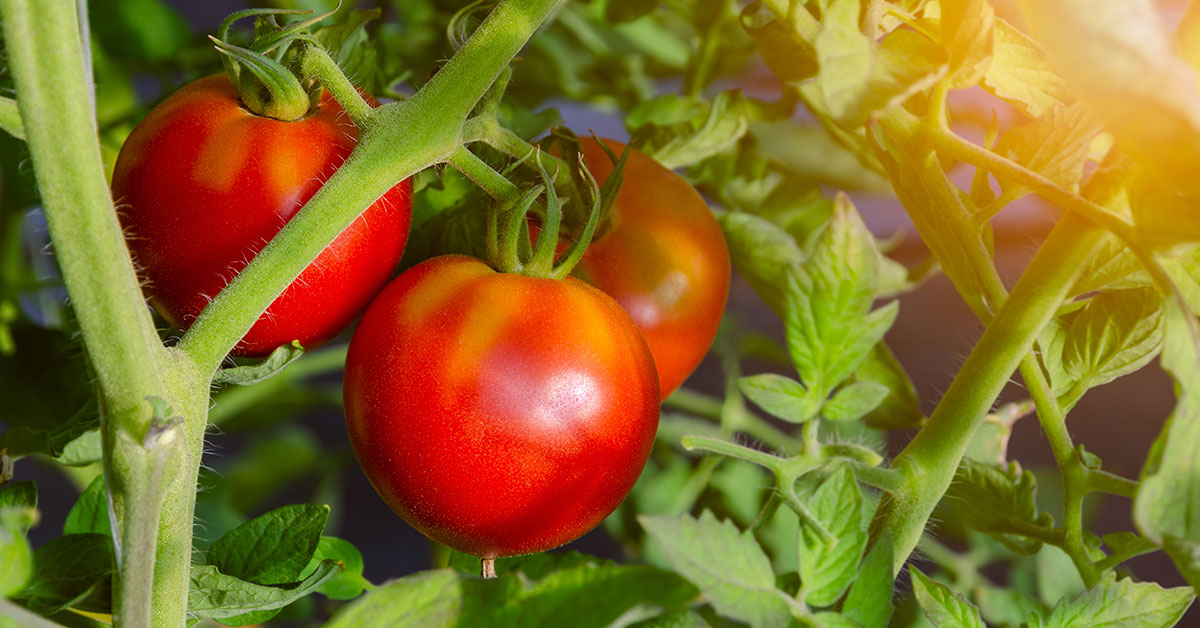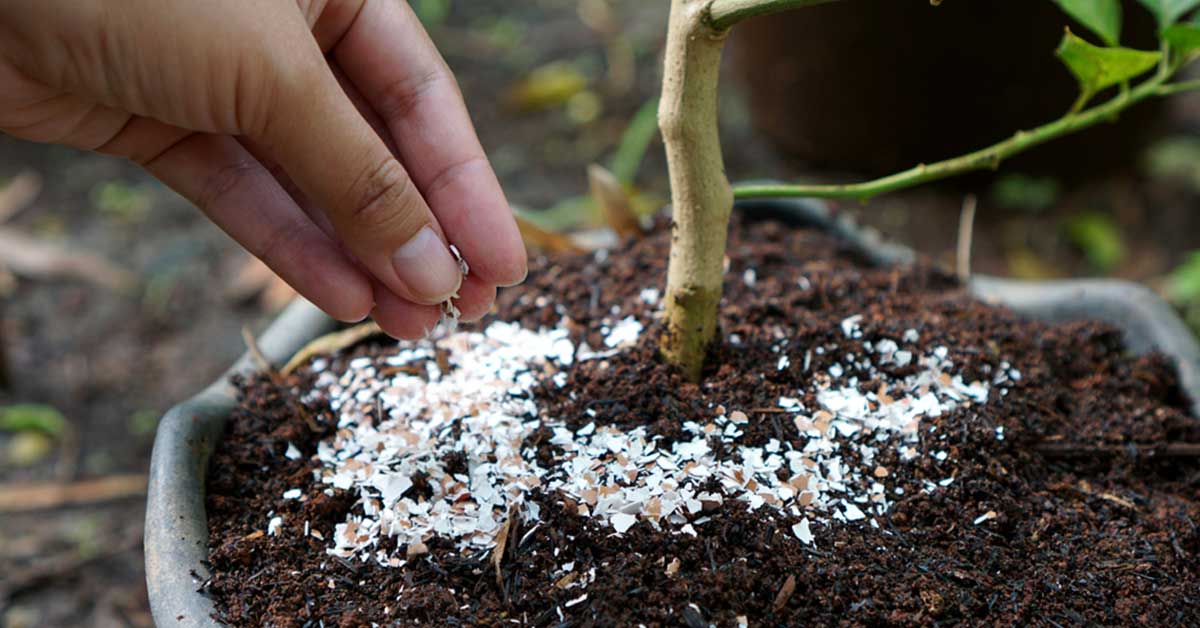Planting native flowers is a fantastic way to create a garden that thrives with minimal effort and supports local wildlife. Native plants are adapted to the local climate and soil conditions, making them more resilient and less reliant on additional resources like water and fertilizers. Additionally, they provide essential habitat and food for native pollinators and other wildlife, helping to maintain biodiversity.
Incorporating native plants into your garden not only enhances its beauty but also contributes to the health of the local ecosystem. As a passionate gardener, I’m excited to share some of my favorite native plants that produce stunningly beautiful flowers. These plants will add vibrant color and natural charm to your garden while supporting the environment!
Purple Coneflower
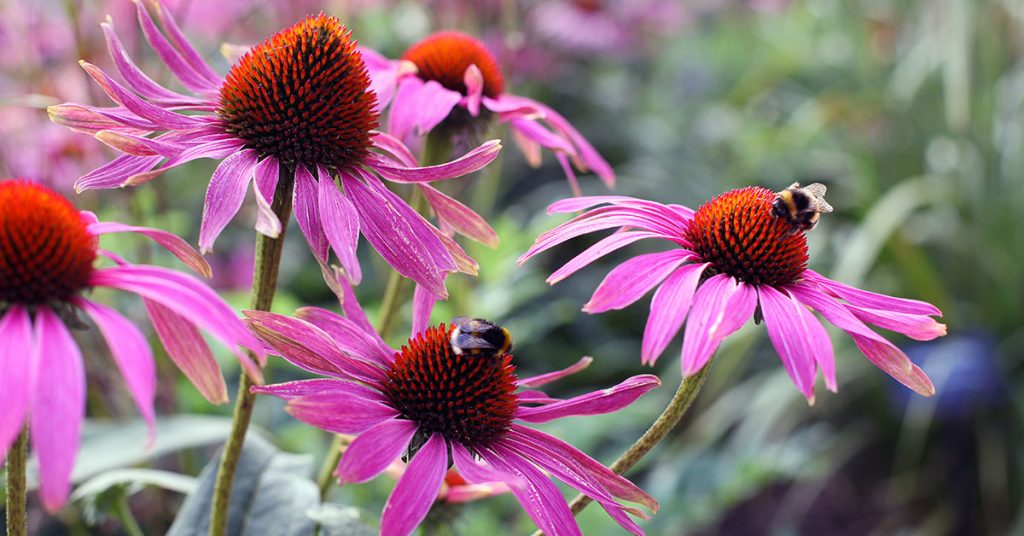
Purple coneflowers are one of my favorite native plants! These perennials feature large, daisy-like flowers with purple petals and prominent orange centers. Blooming from mid-summer to fall, they attract butterflies and bees, making them a pollinator favorite.
To grow purple coneflowers, plant them in well-drained soil and full sun. They are drought-tolerant and require minimal watering once established. Purple coneflowers are hardy and easy to care for, making them a perfect addition to any garden!
Butterfly Weed
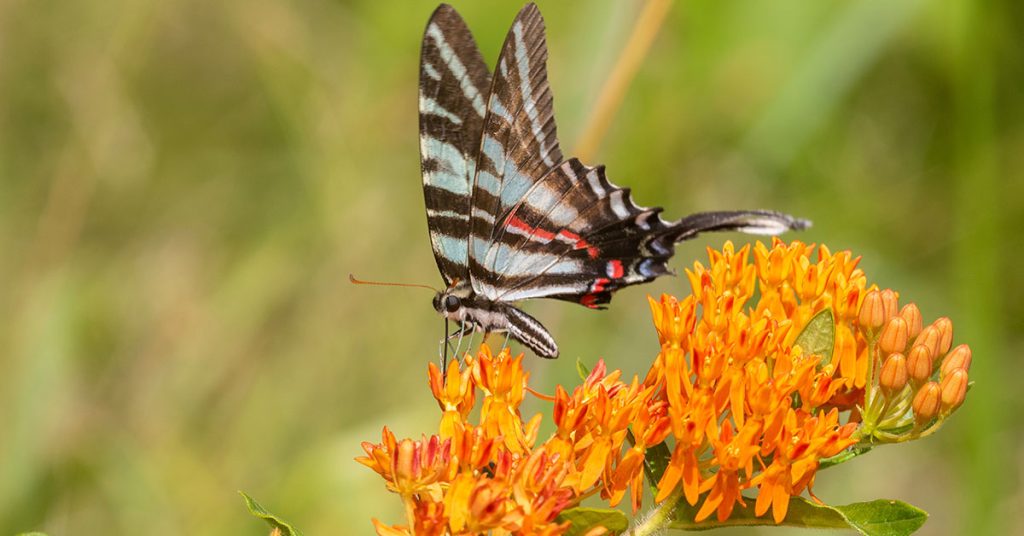
Butterfly weed is a vibrant perennial with clusters of bright orange flowers. Blooming from early summer to fall, it attracts butterflies, especially monarchs, with its nectar-rich blooms. This plant is a showstopper in any garden and provides crucial support for pollinators.
Plant butterfly weed in well-drained soil and full sun. It is drought-tolerant and thrives in poor soil conditions. Butterfly weed’s striking flowers and wildlife-attracting nature make it a standout feature in any garden!
Black-Eyed Susan
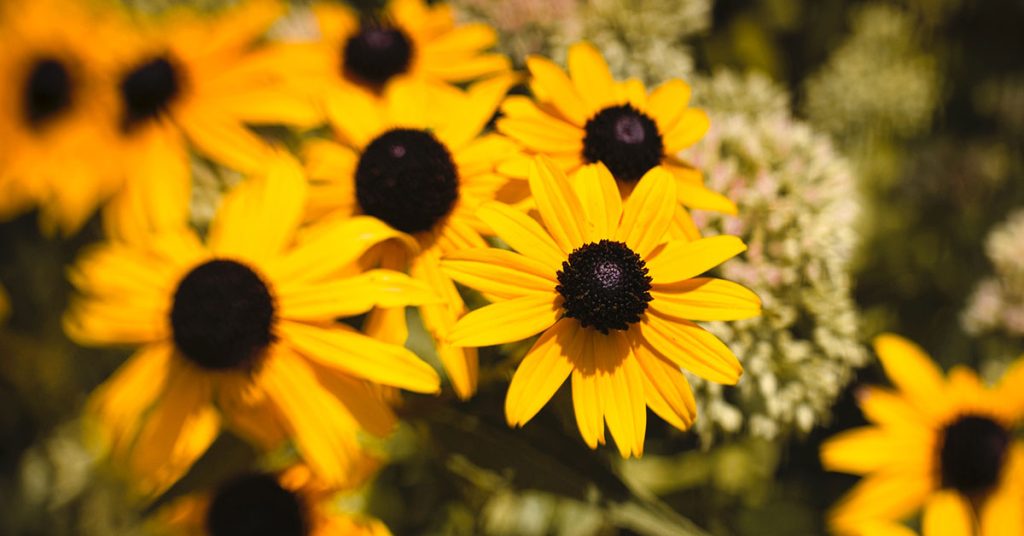
Black-eyed Susans are cheerful perennials with bright yellow petals and dark brown centers. Blooming from midsummer to fall, they are excellent for attracting pollinators and are incredibly hardy. These flowers bring a splash of sunshine to any garden.
Plant Black-eyed Susans in well-drained soil and full sun. They are drought-tolerant once established and require minimal watering. Deadheading spent flowers can encourage more blooms, but these resilient plants will thrive even without it. I love how Black-eyed Susans brighten up my garden!
Cardinal Flower
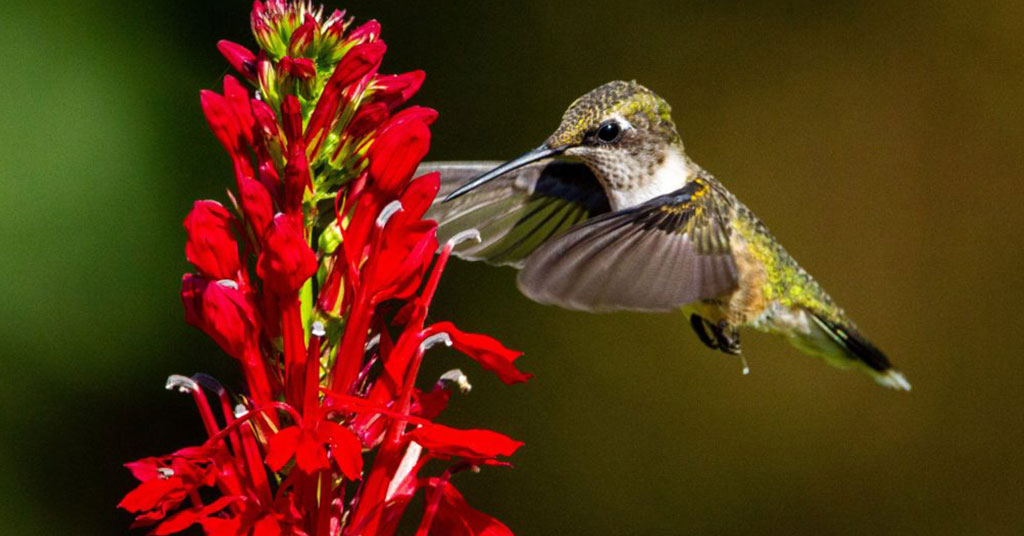
Cardinal flowers are striking perennials with vivid red, tubular flowers that bloom from mid-summer to early fall. They attract hummingbirds and butterflies, adding dynamic movement and color to your garden. These flowers are a beautiful way to support pollinators.
To grow cardinal flowers, plant them in moist, rich soil and partial shade. They prefer consistently damp conditions and are perfect for rain gardens or near water features. Cardinal flowers’ vibrant blooms and wildlife appeal make them a garden favorite!
Wild Bergamot

Wild bergamot, also known as bee balm, is a hardy perennial with clusters of lavender-pink flowers. Blooming from mid-summer to early fall, it attracts bees, butterflies, and hummingbirds. This plant adds a wild, natural beauty to any garden.
Plant wild bergamot in well-drained soil and full sun to partial shade. It prefers regular watering but can tolerate dry conditions once established. Wild bergamot is easy to grow and brings a lively touch to your garden!
Columbine
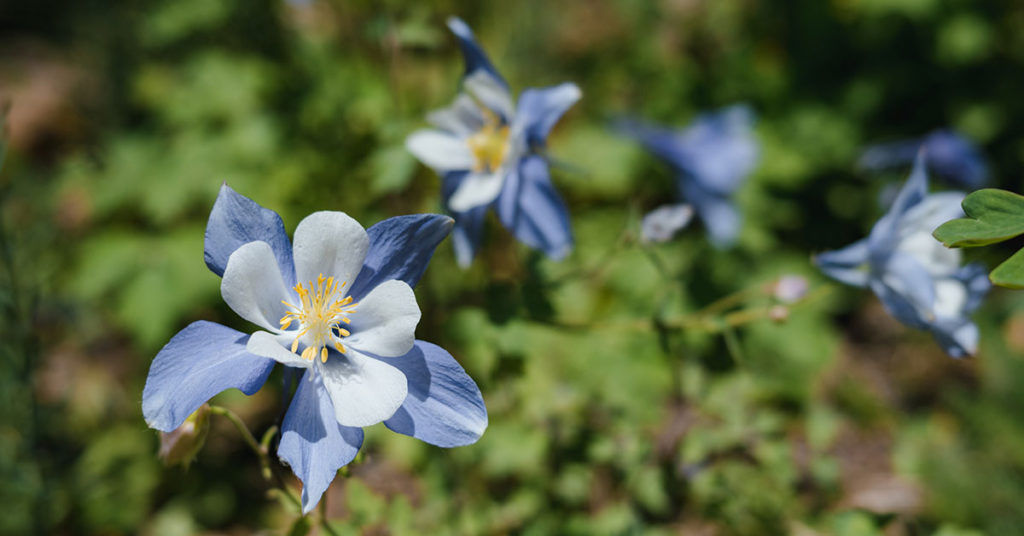
Columbines are enchanting perennials with unique, spurred flowers in a variety of colors, including red, yellow, and blue. Blooming from spring to early summer, they attract hummingbirds and add a whimsical charm to any garden.
To grow columbines, plant them in well-drained soil and partial shade. They prefer consistently moist soil and benefit from mulching to retain moisture. Columbines’ delicate blooms and low-maintenance nature make them a delightful addition to any garden!
Joe Pye Weed

Joe Pye weed is a tall perennial with clusters of pinkish-purple flowers that bloom from mid-summer to fall. It attracts butterflies and other pollinators, making it a valuable addition to any garden. Joe Pye weed adds height and drama to your garden.
Plant Joe Pye weed in moist, well-drained soil and full sun to partial shade. It prefers regular watering and thrives in damp conditions. Joe Pye weed’s impressive stature and pollinator appeal make it a standout plant!
Blazing Star

Blazing stars are stunning perennials with tall spikes of purple flowers that bloom from mid-summer to fall. They attract butterflies and bees, adding vertical interest and vibrant color to your garden. Blazing stars are a favorite for pollinators.
To grow blazing stars, plant them in well-drained soil and full sun. They are drought-tolerant and require minimal watering once established. Blazing stars’ striking flowers and easy-care nature make them a wonderful addition to any garden!
New England Aster
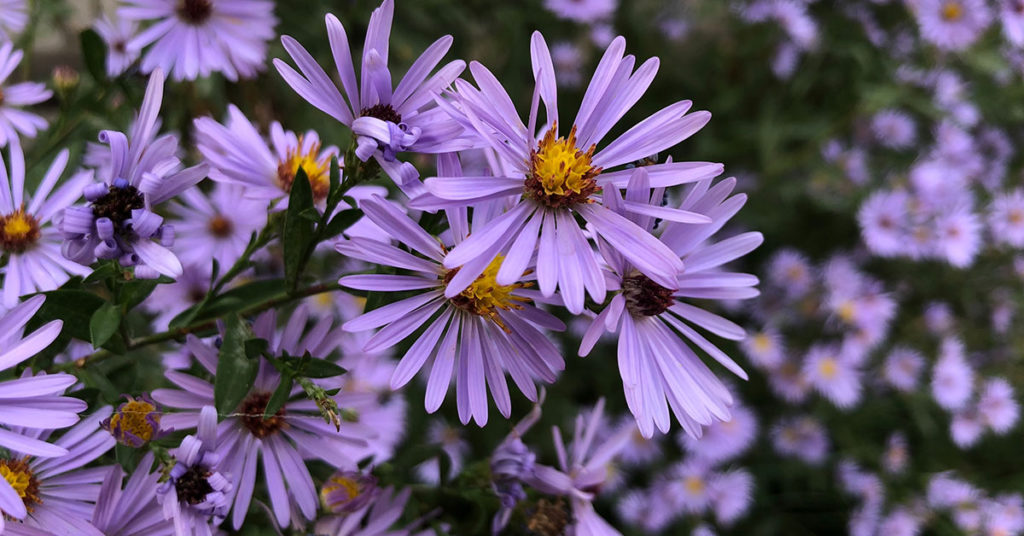
New England asters are beautiful perennials with clusters of purple or pink flowers and yellow centers. Blooming from late summer to fall, they attract butterflies and provide late-season color in your garden. These asters are hardy and easy to grow.
Plant New England asters in well-drained soil and full sun. They prefer regular watering but can tolerate dry conditions once established. New England asters’ vibrant blooms and pollinator appeal make them a must-have for any garden!
Lupine
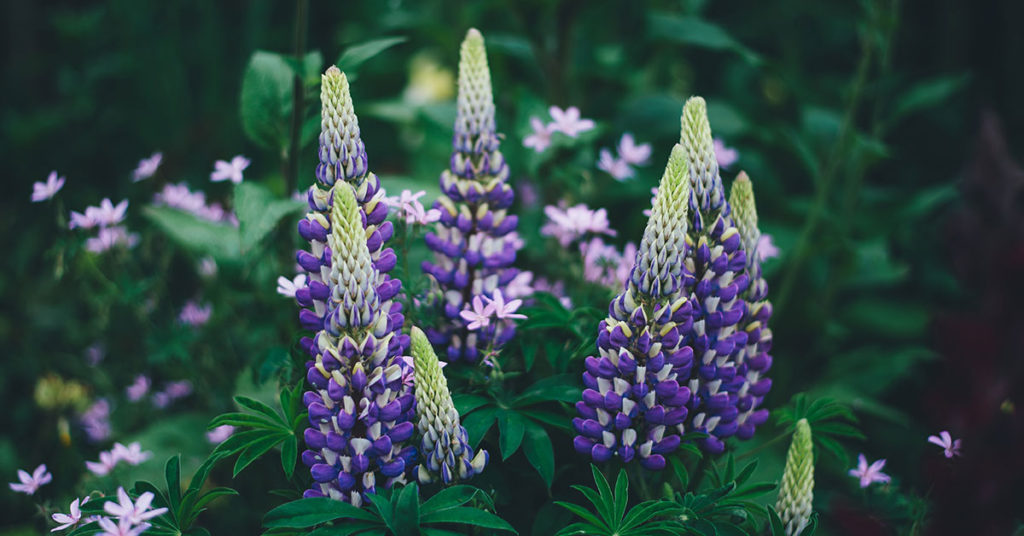
Lupines are elegant perennials with tall spikes of flowers in shades of blue, purple, pink, and white. Blooming from late spring to early summer, they add a dramatic touch to any garden. Lupines are great for attracting bees and butterflies.
Plant lupines in well-drained, slightly acidic soil and full sun to partial shade. They prefer cool, moist conditions and benefit from regular watering. Lupines’ striking flowers and wildlife appeal make them a favorite in any garden!
Showy Goldenrod
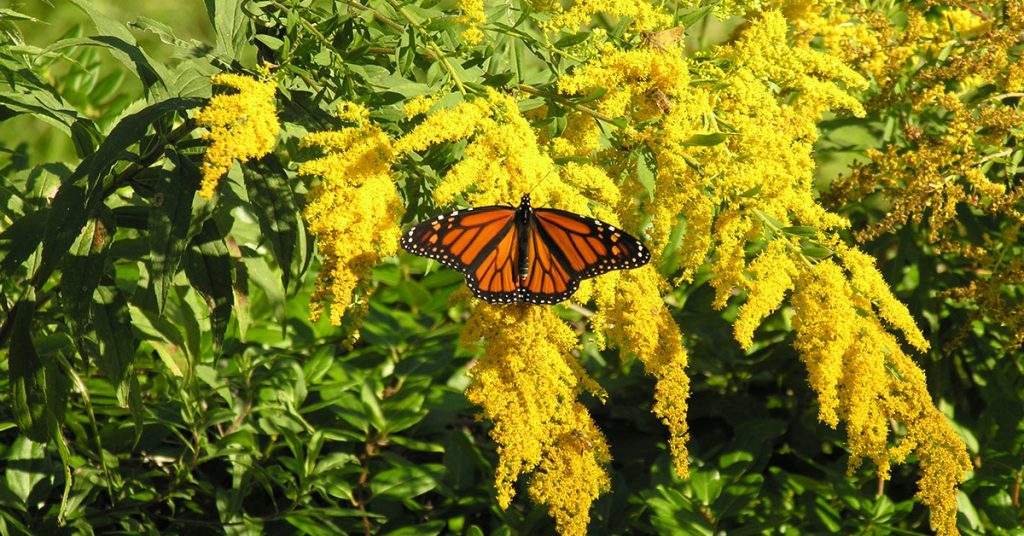
Showy goldenrod is a hardy perennial with bright yellow flower clusters that bloom from late summer to fall. It attracts bees, butterflies, and other pollinators, adding a sunny touch to your garden. This goldenrod is easy to grow and maintain.
Plant showy goldenrod in well-drained soil and full sun. It is drought-tolerant and requires minimal watering once established. Showy goldenrod’s vibrant blooms and pollinator appeal make it a cheerful addition to any garden!
Penstemon
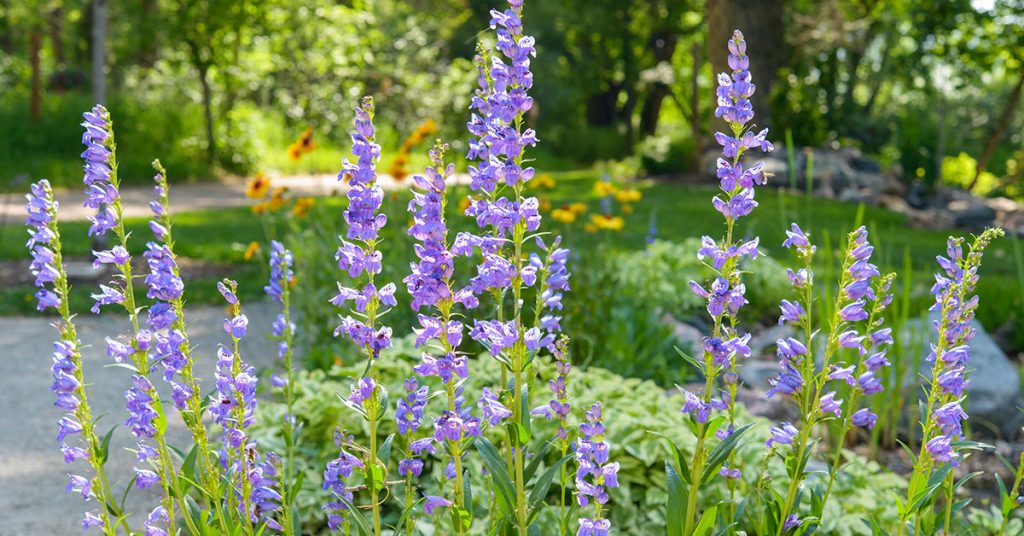
Penstemons are lovely perennials with tubular flowers in shades of red, pink, purple, and white. Blooming from late spring to early summer, they attract hummingbirds and bees. These flowers add a touch of elegance to any garden.
To grow penstemons, plant them in well-drained soil and full sun. They are drought-tolerant and require minimal watering once established. Penstemons’ delicate flowers and easy-care nature make them a delightful addition to any garden!
Blue False Indigo
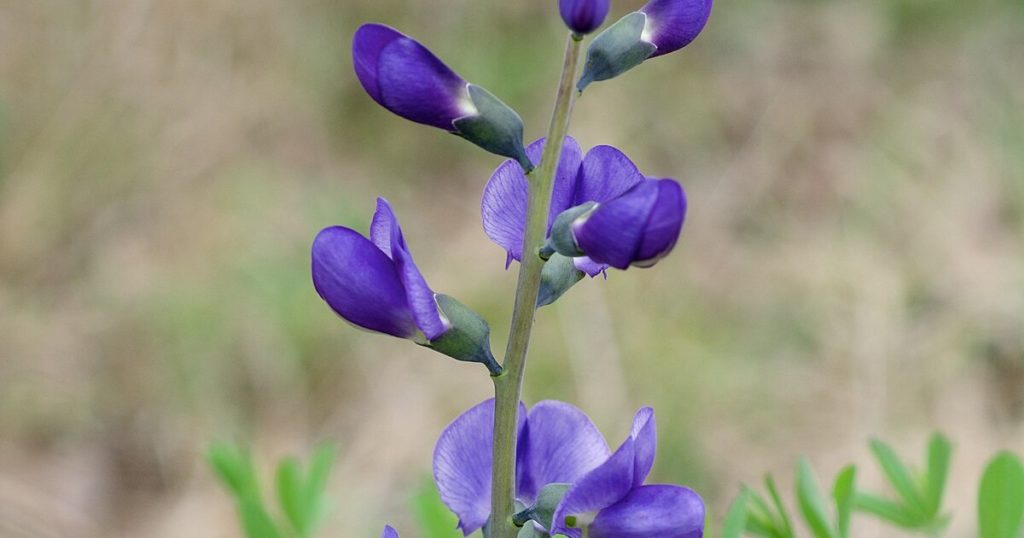
Blue false indigo is a striking perennial with tall spikes of indigo-blue flowers that bloom from late spring to early summer. It attracts bees and adds a bold touch to your garden. This plant is hardy and easy to grow.
Plant blue false indigo in well-drained soil and full sun. It is drought-tolerant and requires minimal watering once established. Blue false indigo’s vibrant blooms and low-maintenance nature make it a standout feature in any garden!
Coreopsis
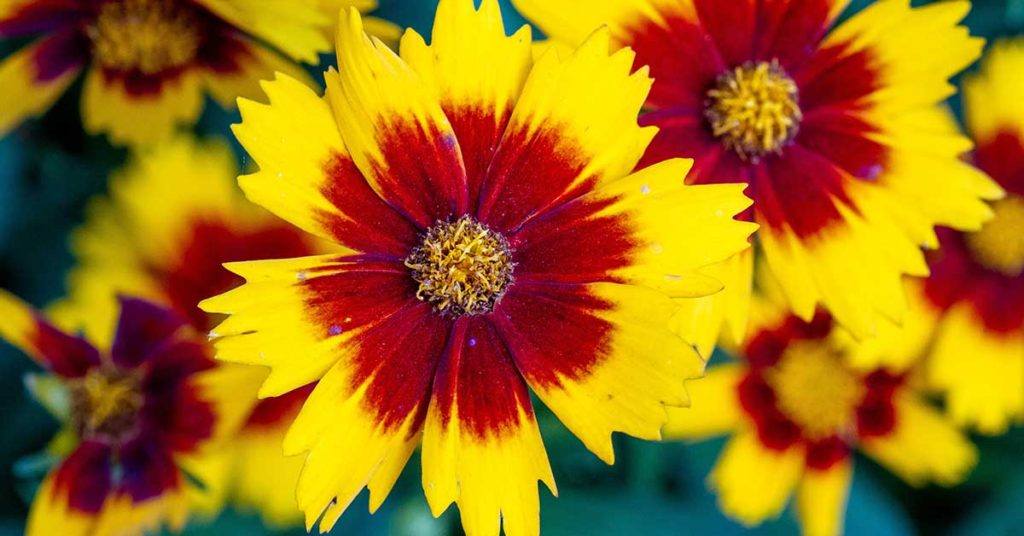
Coreopsis, also known as tickseed, is a cheerful perennial with bright yellow flowers that bloom from early summer to fall. It attracts bees and butterflies, adding a sunny touch to your garden. Coreopsis is hardy and easy to grow.
Plant coreopsis in well-drained soil and full sun. It is drought-tolerant and requires minimal watering once established. Coreopsis’ vibrant blooms and pollinator appeal make it a wonderful addition to any garden!
Wild Geranium
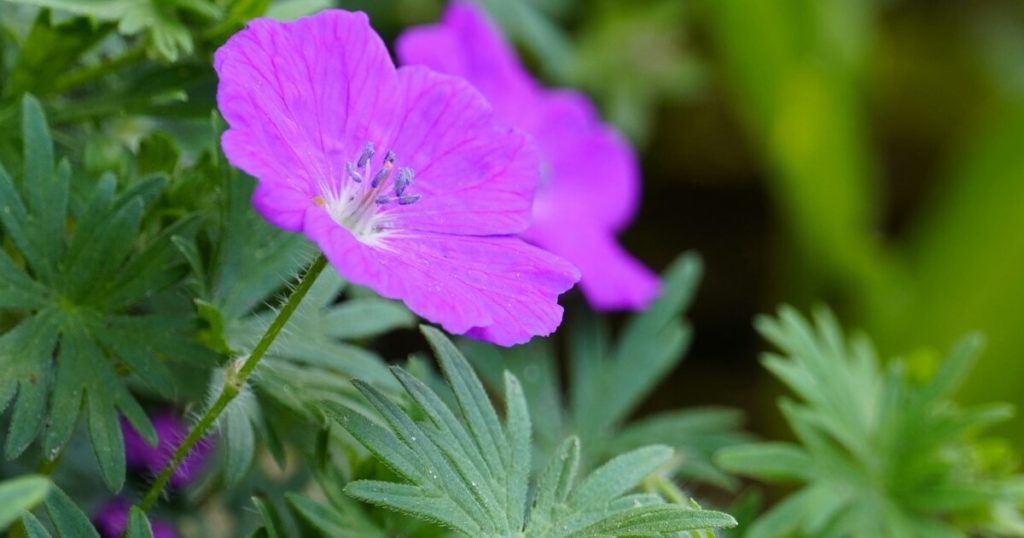
Wild geraniums are charming perennials with delicate pink or purple flowers that bloom from spring to early summer. They attract bees and add a touch of elegance to any garden. Wild geraniums are hardy and easy to grow.
Plant wild geraniums in well-drained soil and partial shade. They prefer consistently moist soil and benefit from regular watering. Wild geraniums’ delicate flowers and low-maintenance nature make them a delightful addition to any garden.
